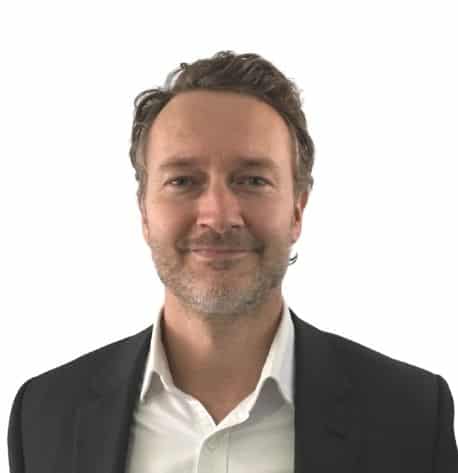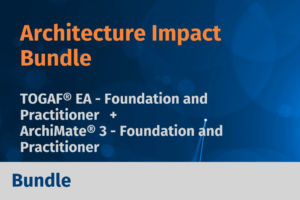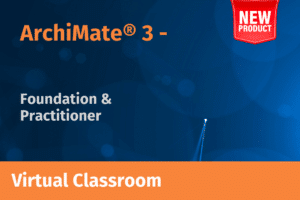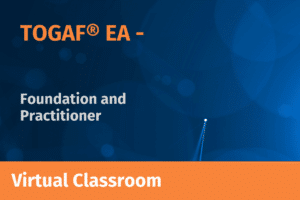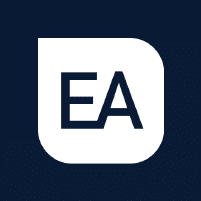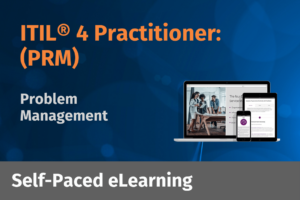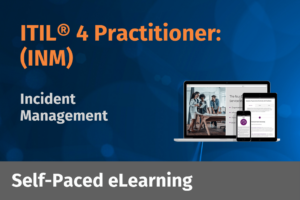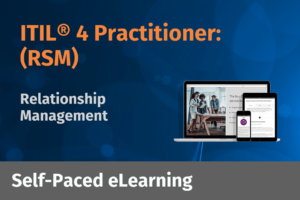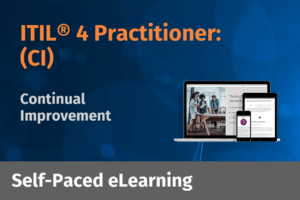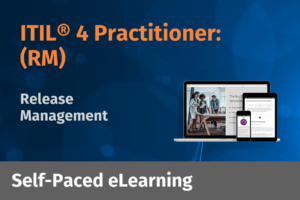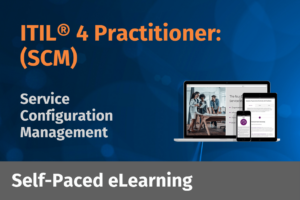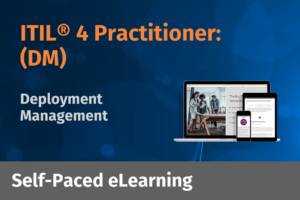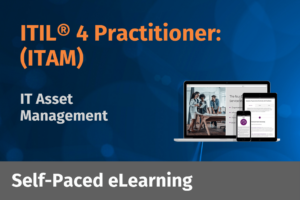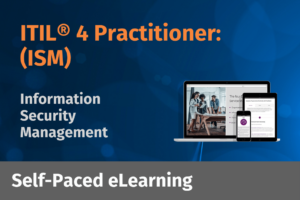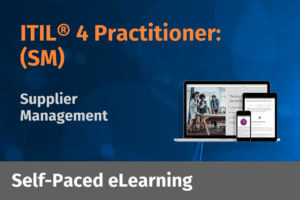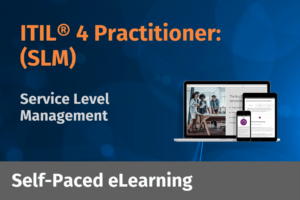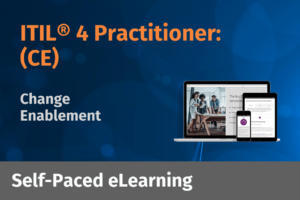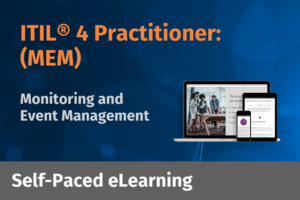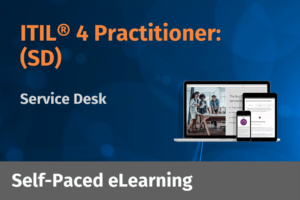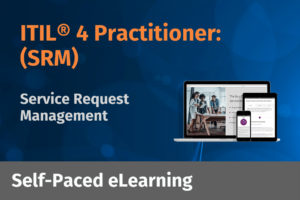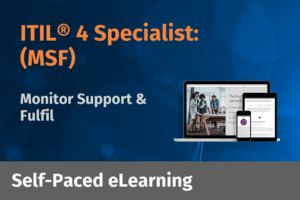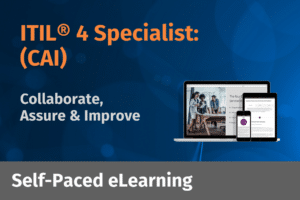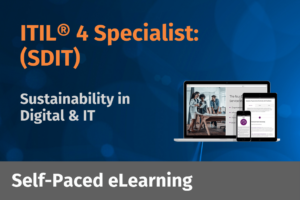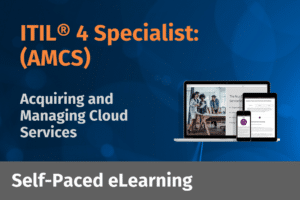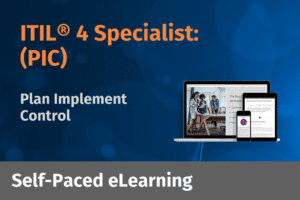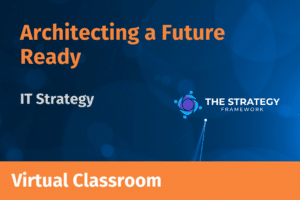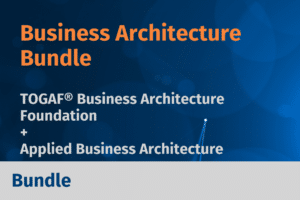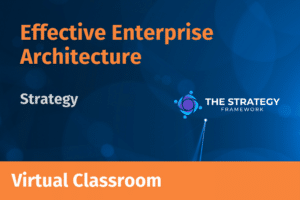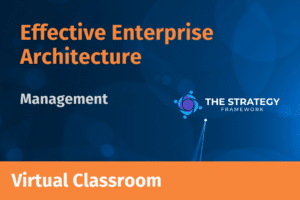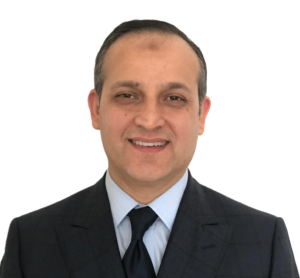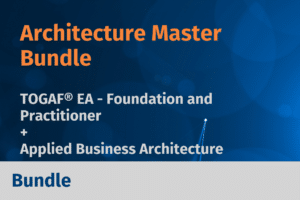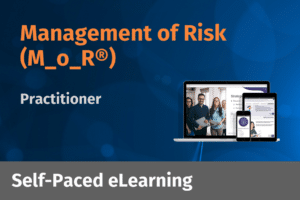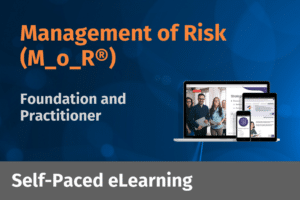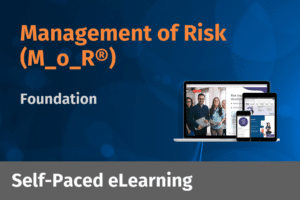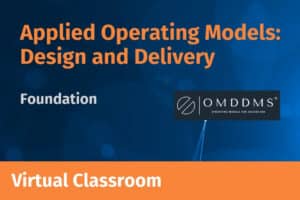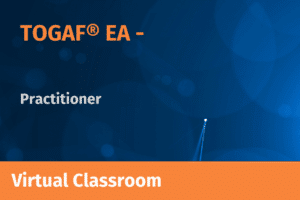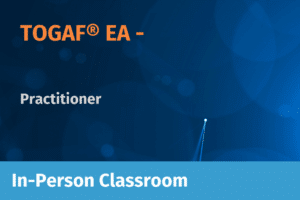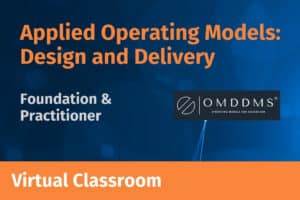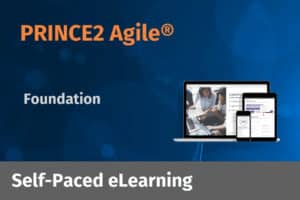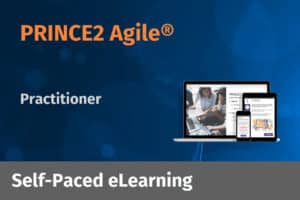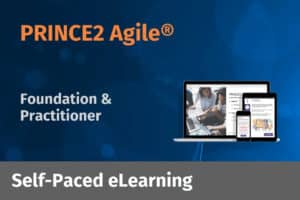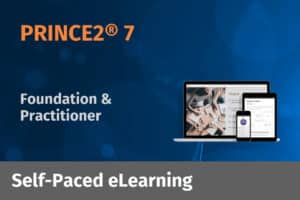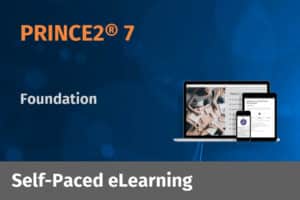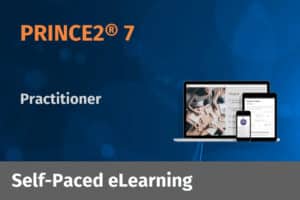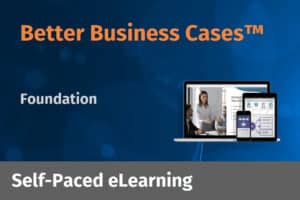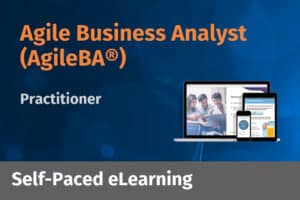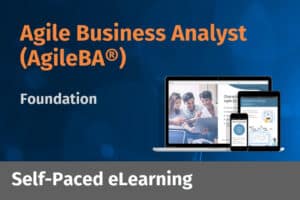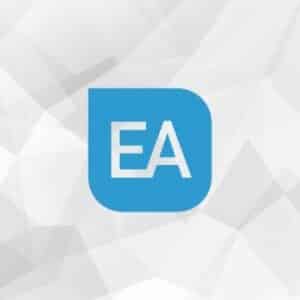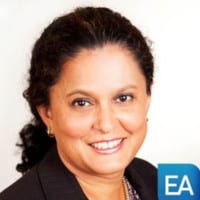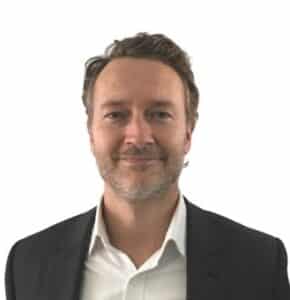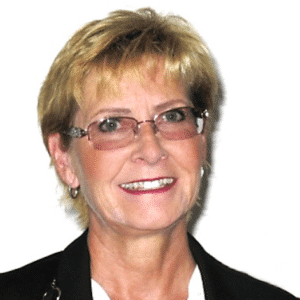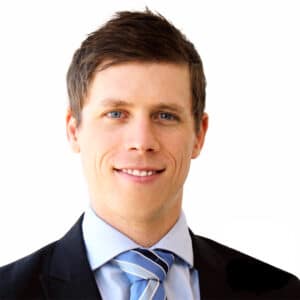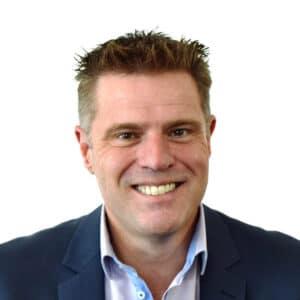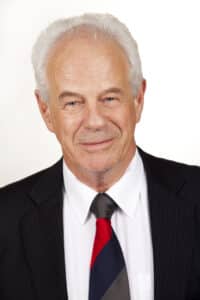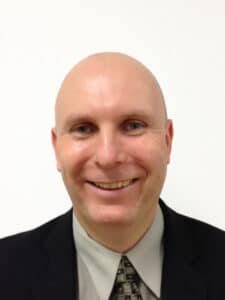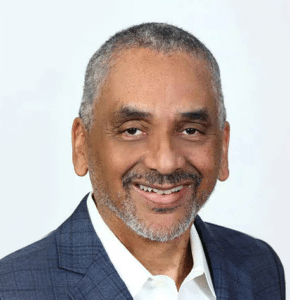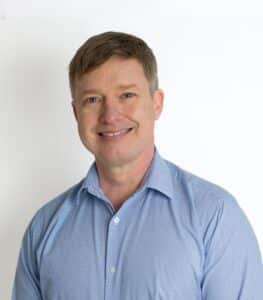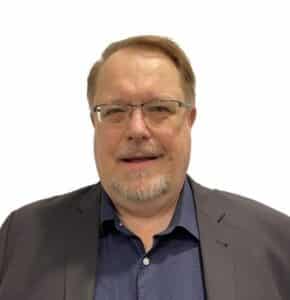I remember as a young child coming from a ‘non-sports obsessed’ family, I didn’t know what a yorker was, didn’t know what ‘LBW’ meant, or why Dennis Lillee or Geoffrey Boycott were such legends. I was ill equipped to join in on those all-important schoolboy conversations – the Monday morning autopsy of the weekend’s sporting events. Similarly, 30 years later, enterprise architecture presented me with the same dilemma.
I remember as a junior IT engineer, I’d hear the technology choice made by the customer was for ‘business reasons’, not what was logical in my technical view of the world. I now see ‘Architecture’ was influencing the project decisions, it was the source of the ‘business reasons’.
In my early days as an Architect, it was like being back at primary school; I struggled with the conversation. There was a level of assumed knowledge with respect to the conversation and the process that was not readily accessible to me. So, I learnt the long and hard way.
Fast forward a decade or so… As a mandatory requirement of my new role with Enterprise Architects I recently attended our TOGAF® training. To be honest, I anticipated another dry, idealistic framework that, whilst relevant to the work that I do, would probably not be all that practical and would be difficult to apply to a real world situation. How wrong was I?
Don’t misunderstand! The TOGAF® manual is dry! Yes it is “another framework” and yes you do need to tailor it to the situation you are in, but this is one of its greatest strengths, this is what makes it so flexible and therefore relevant and applicable to real world situations. But it’s not the framework itself that has me excited. It’s what it enables.
To me TOGAF®:
- Is a common language, linking the discovery from each of the domains together and to the business requirements, across different levels of the business in an iterative process.
- Provides a toolset to articulate the complex, simply.
- Provides a backstop, giving traceable, auditable decision support for those difficult conversations.
- Allows the development of focused visual models of complex and disparate sets of data.
This was clearly demonstrated to me on a recent engagement. I was deep in thought, staring at a collection of printed Architecture Models displayed on a wall. One of the admin staff with no IT or business background asked me what “it all meant”. I spent a few minutes explaining that these were models of the business and the technology used in it. Not only did they immediately understand the overall concept of what they were looking at, they were actually able to start extracting real insights from the models.
In my mind, it doesn’t get any better than that. I wish I had known about TOGAF® a decade ago, I would have been a better architect – and a lot sooner.

